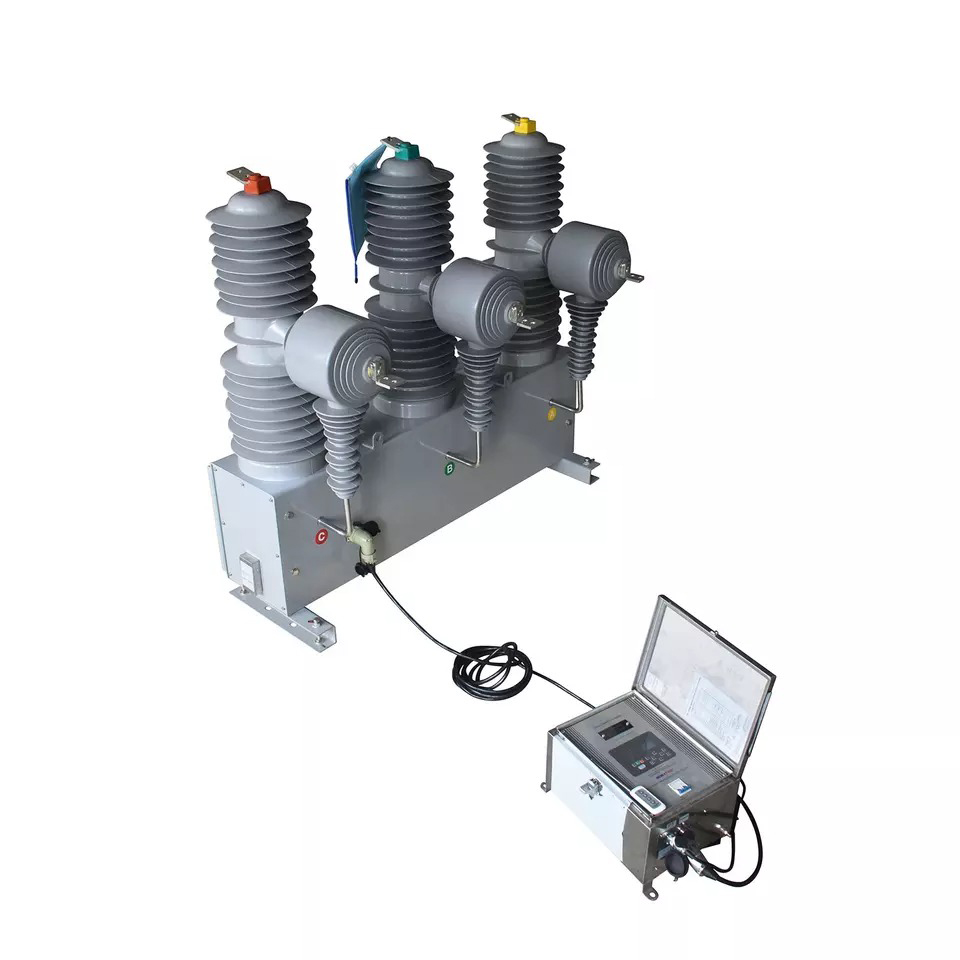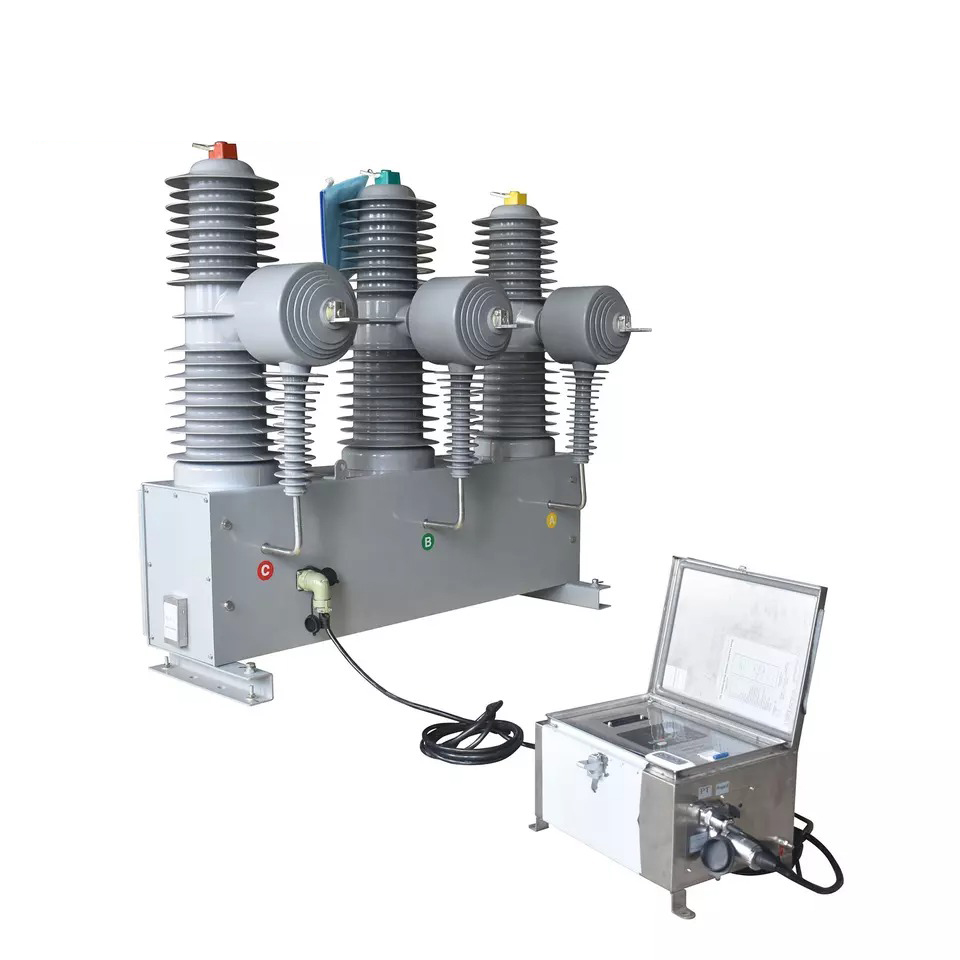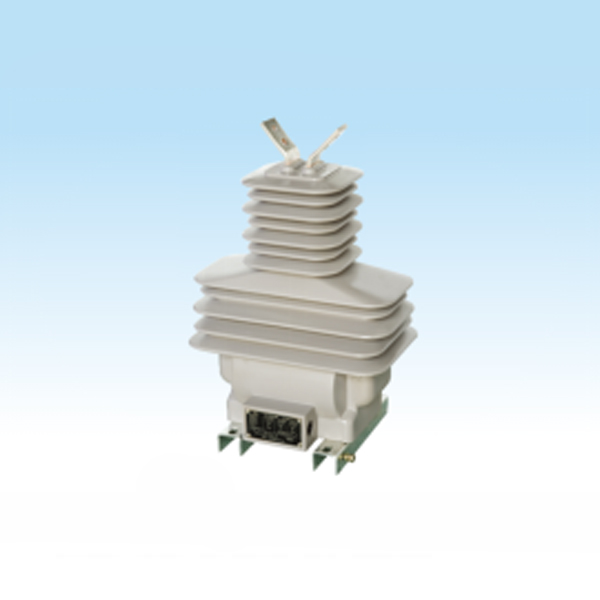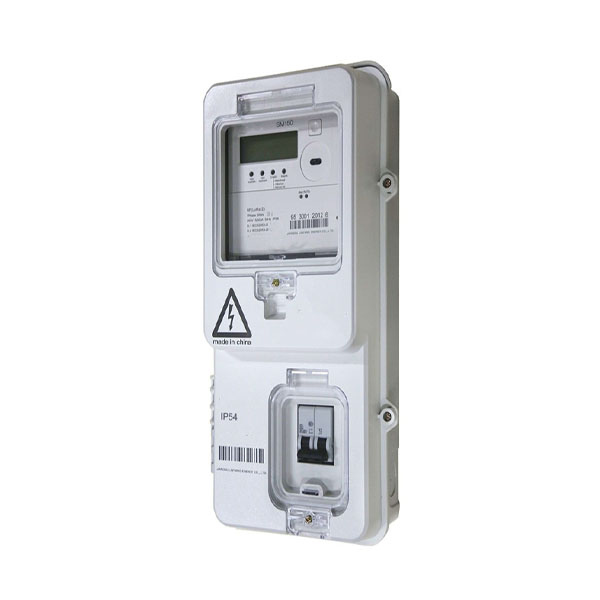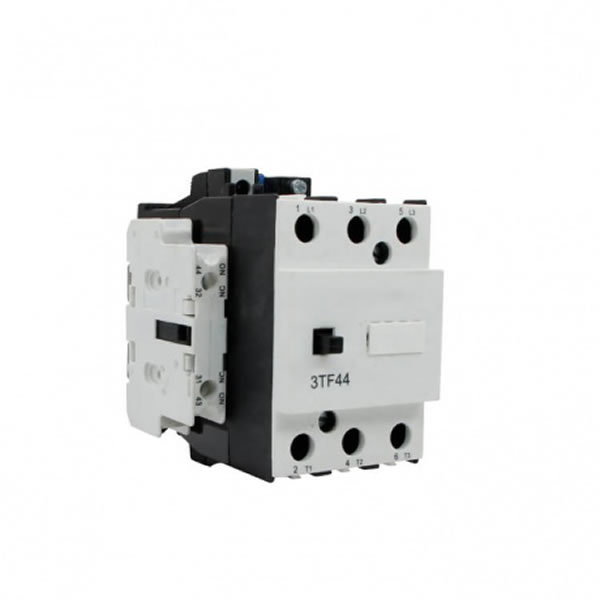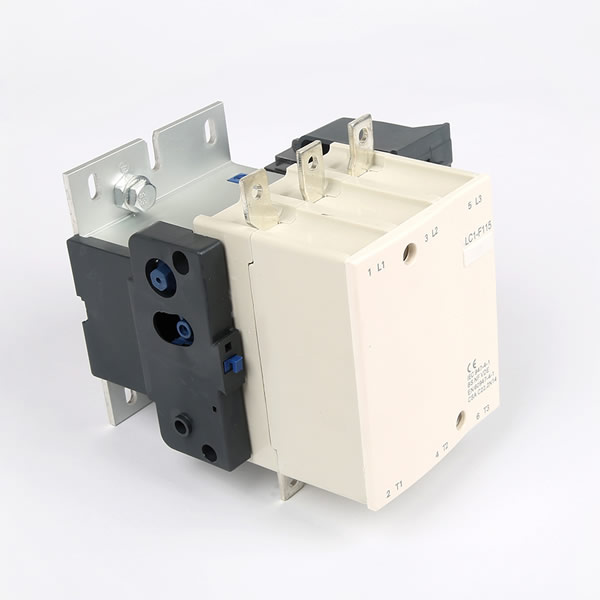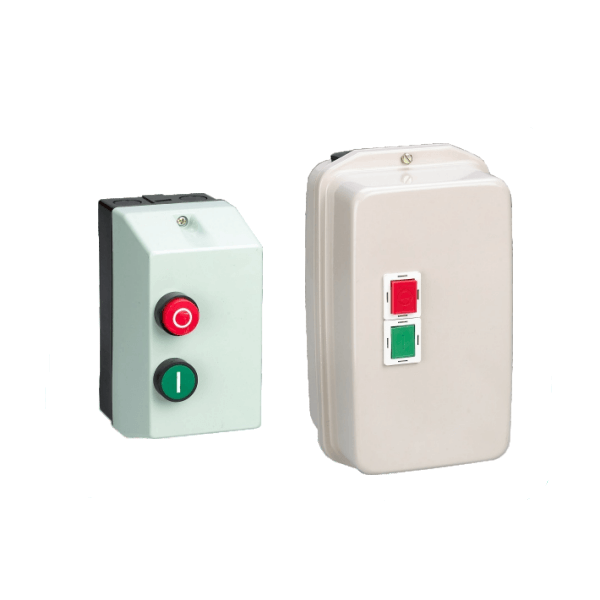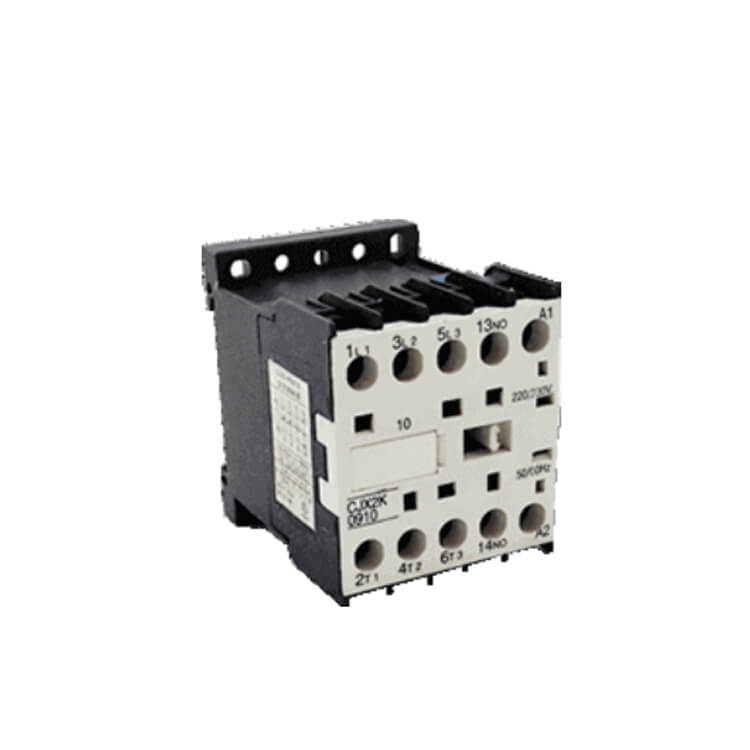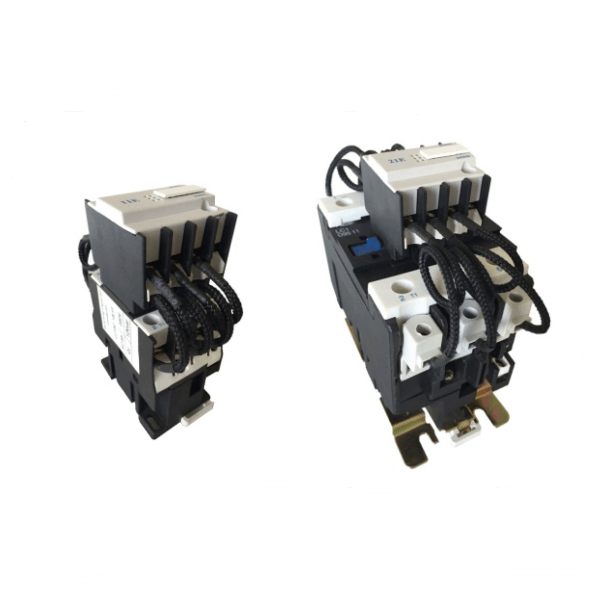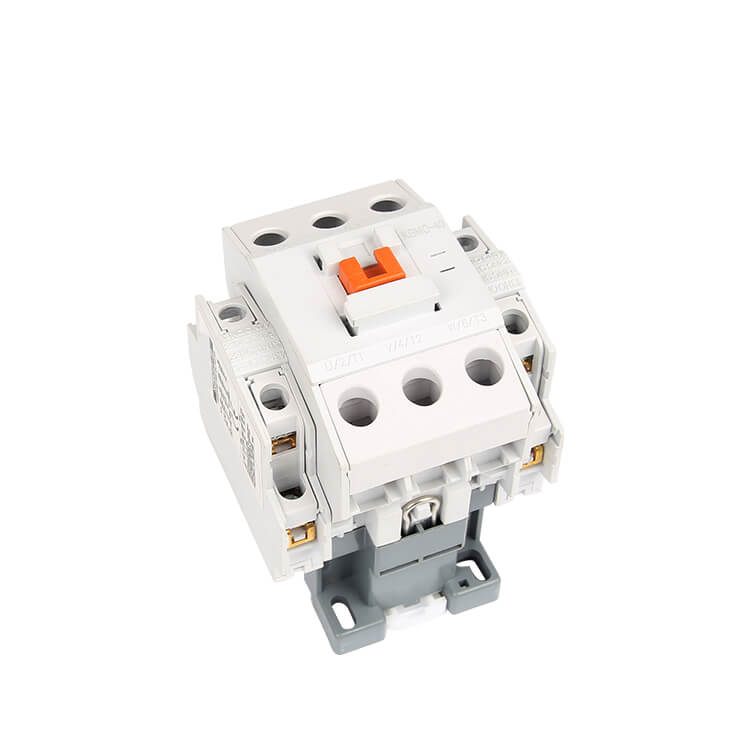What requirements does the cable section of household small power distribution box meet for thermal stability?
What requirements does the cable section of household small power distribution box meet for thermal stability?
In the rural 10/0.4kV substation, the selection of cable section of the self used small power distribution box used inside the substation is much larger than that of the small power distribution box in other places, because the small power distribution box set inside the substation is close to the transformer. When the cable section of the small power distribution box is short circuited, the short circuit current is large. If the cable section is small, it cannot meet the requirements of thermal stability.
(1) Calculation of short-circuit current in case of short circuit at incoming line of small power distribution box.
This time, the electrical design case of a residential project designed by me is used for calculation. A substation is set in the basement of this project. Two 800kVA transformers are set inside the substation. A small power distribution box is set inside the substation (to supply power to the blowers, lighting and repair sockets of the substation). The capacity of the small power distribution box is 10kW, the calculated current is 16A, the power supply is connected to the low-voltage bus of the transformer, the cable specification is NH-YJV-1kV5x16, and the length is 5m.
Simple diagram of power distribution from substation to self use small power distribution box.
The short-circuit current in case of three-phase short circuit (at K1) is calculated as follows
1) Transformer resistance: S=800kVA, RT=1.90, XT=13.27; 2) Resistance of copper bar [TMY-3 (100x8)+(80x8)] from low-voltage main circuit breaker to feeder circuit of self use small power distribution box: L1=6m; R1=0.04x6=0.24m; X1=0.182x5=1.092m ω; 3) Cable [NH-YJV-1kV5x16] from low-voltage small power distribution box to self use small power distribution box resistance: L25m; R2=1.097x55=1.4.45m; X2=1.0820.08xx5m ω; 3) Cable [NH-YJV-1k5x16] from low-voltage small power distribution box to self use small power distribution box, resistance: L225m; R22000000000m; R=1。 R2=1000000000x9m; R
(2) The minimum section calculation and thermal stability check of the wiring cable in the small power distribution box 1) The minimum section calculation of the wiring cable is based on the requirements of Article 3.2.14 of GB50054-2011 Code for Design of Low Voltage Electrical Installations: the selection of the conductor section area shall conform to S ≥ I * √ t/k, where s is the conductor section area (mm2) i is the mean square root value of the short circuit current passing through the cable (a) t is the action time (s) k is the coefficient to automatically cut off the current for the protection of electrical appliances. The short-circuit current I is calculated as 13.84kA in Section II, that is, t of 13840A is the instantaneous tripping time of the shell circuit breaker in the low-voltage box. Generally, the coefficient is 20ms, that is, 0.02sk. The k values of cables of different materials are different. Through investigation of Appendix a of GB50054-2011 Code for Design of Low Voltage Electrical Installations, the minimum cross section of cables with k=143 is calculated as follows: S ≥ I * t/k=13840 * √ 13840 * * 143=13.7 (mm2). According to the above calculation, the cables of the self used small power distribution box must meet the requirements of thermal stability, and its section shall not be less than 13.7mm2. 2) Check that the incoming cable used in the original design is NH-YJV-1kV5x16, and its cable section is larger than the minimum section calculated above by 13.7mm2, meeting the requirements of thermal stability. The power capacity of the self used small power distribution box is small, and the calculated current is only 16A. Considering the normal distribution, the wiring only needs 6mm2. However, since it is set inside the substation, the section of the wiring cable must be expanded to 16mm2 to meet the requirements of thermal stability.
(3) This paper summarizes that in the power distribution design of civil buildings, the closer the electrical equipment is to the substation, that is, the closer the electrical equipment is to the power supply of the transformer, the smaller the impedance of the distribution line and the greater the short-circuit current. The selection of the section of the incoming cable should not only consider the calculation current of the electrical equipment, but also pay attention to whether the cable can meet the requirements of thermal stability. Therefore, in the case of power distribution closer to the substation, the selection of the cable needs to be checked for thermal stability.
